All the citrus trees contain juicy tasty fruits and their leaves also taste good. The citrus trees have thorns that are not an alarming thing, they are just for the defense to keep the grazers or harm away. You can see citrus trees with thorns in your garden.
Nothing to worry about, you only have to do is to protect your trees. People wonder about having this issue but many botanists suggest cutting them off. Thorns on citrus trees develop at the nodes, often sprouting on new grafts and fruiting wood.
Why do citrus trees have thorns?
The citrus trees have thorns on them, these have yummy leaves too. When animals try to eat the leaves they eat the thorns as well mistakenly. You need to protect your trees from them because they may cause some issues to your trees.
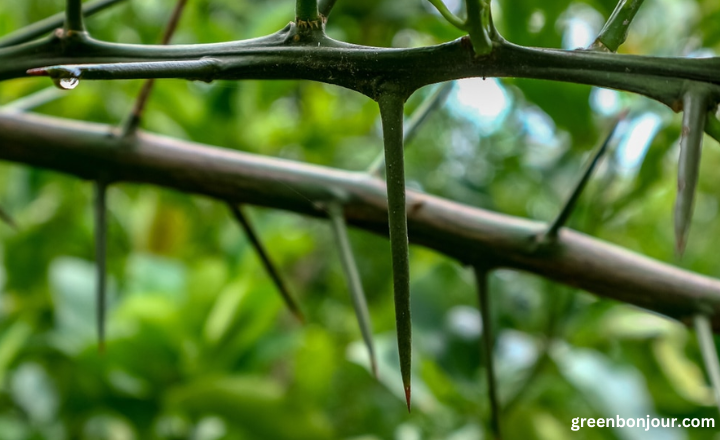
This is not new to the gardens of noticing thorns under the leave, they are well aware of the fact that citrus trees do have thorns sometimes. They make some efforts to protect their trees. These thorns may be on the mature tree because the young trees take time to have them.
Citrus Trees with Thorns
There are citrus trees that have thorns on them. Let’s explore them;
Lemon trees(Citrus limon)
Some of the lemon varieties that have stunning growing stages have spiky thorns. You usually see them on the twigs. But you will see that one of the hybrid lemon trees is called Eureka, this variety totally avoids the thorns.
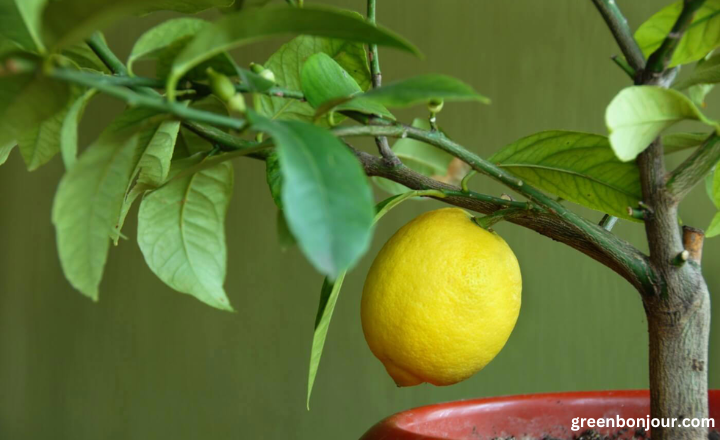
This is also obvious that as Eureka doesn’t contain thorns, there may be some varieties that have hard thorns. So you need to be careful whenever you are picking the fruits.
Orange trees(Citrus sinensis)
Orange trees come under the citrus trees list that have thorns. They have small thorns which are usually present on the base of the leaves. These citrus trees produce yummy fruits. These fruits are loved by everyone.
But some of the varieties of these trees produce hard thorns and their fruits are sour and may not be liked by humans.
Key Limes(Citrus aurantifolia)
This is another tree that has thorns on it. This is considered that the tree that has more thorns bears more fruits than the ones that have not many thorns or no thorns at all.
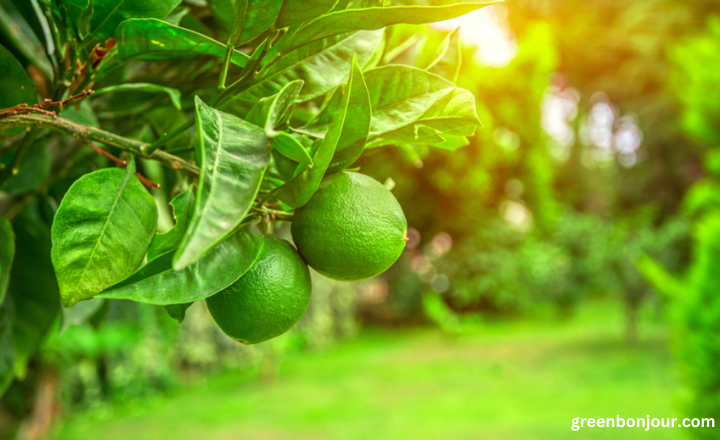
The limes like kaffir limes have the spines a bit harder, their thorns are small in size, and they present below the point having a group of leaves. They mostly appear at the branches of the trees.
Grapefruit trees
This is wonderful to know that grapefruit tree thorns are common because grape vines don’t have them. But these trees contain small and pliable thorns. This tree is the cross between a Caribbean orange and a pummelo so this has prickly characteristics.
You will also see that some varieties of grapefruit trees like ‘marsh’ have soft, flexible short thorns while some varieties like Meiwa have no thorns at all. The spines are weak.
Pomelo trees
This tree is called the pomelo tree, it has thorns on it. It is said that they have tarty flavored fruits. These fruits are Swedish as well. The second name for this tree is Pummelo.
Tangelo trees
This tree is the cross between orange and grapefruit. They produce fruits that are sure but juicy. They have thorns on them you need to be careful while picking their fruits.
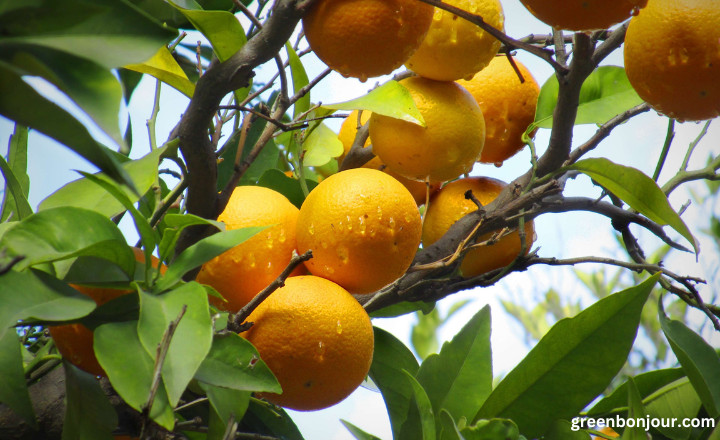
The fruits are orange and have a tangy sweetish flavor with citrus essence. So their thorns are sharp, hard, and strong you have to protect yourself from them.
Are citrus tree thorns poisonous?
Citrus trees with thorns evoke curiosity and caution among gardeners and berry lovers alike. The thorns of citrus trees like oranges, lemons, and lime, are not poisonous to humans or pets. Instead, they serve primarily as a defense mechanism against herbivores that might nibble on tender new growth.
Some gardeners have noted that while the thorns are a nuisance when pruning or harvesting fruit, they can be an indicator of a healthy tree.
Pros and cons of thorns on citrus trees
Pros
- Thorns protect the tree from the predators.
- Protect the soft leaves and juicy fruits.
- Stored water in the drought stress.
- Save the plant from the thirst.
Cons
- Thorns are also assumed to withdraw or use the energy of plants.
- To save the energy of the plants and contribute most of it to get good and high fruit yields.
List of thornless citrus trees:
The following are lists of Thornless citrus trees:
Eureka lemon:
- This plant has thorns on it.
- This produces less flavored fruits as compared to the other varieties.
Bearss lemon:
- This resembles the Eureka lemon.
- This contains thorns on it.
- This has fewer thorns as compared to the other varieties.
Meiwa kumquat:
- This variety has round shapes of fruits.
- Their fruits have a sweeter taste.
- They are used to grow few thorns when compared to other varieties.
Should you prune thorns on citrus trees?
Pruning thorns on citrus trees can be a debatable topic among gardeners. These thorns serve an essential purpose: protecting the tree from herbivores. When approaching pruning, it’s crucial to differentiate between aesthetic trimming and functional pruning.
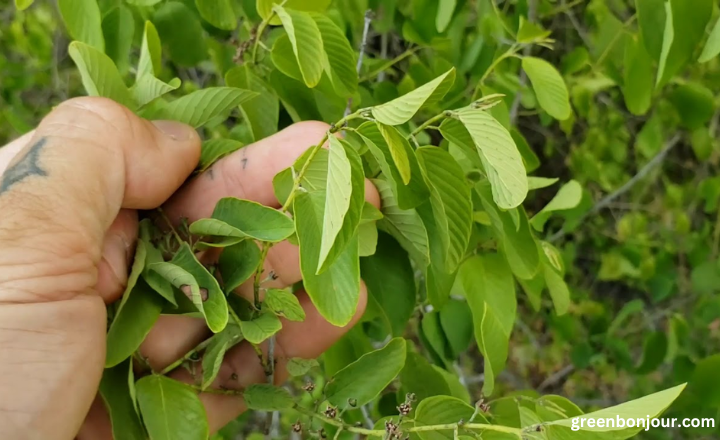
Removing some thorns can improve accessibility for maintenance tasks like harvesting fruit or applying pest control measures without fear of injury. Remember that while moderation is key so prune only those that impede care or present safety hazards.
Should you remove thorns on citrus trees?
It’s essential to maintain a balance between aesthetics and the tree’s natural defenses. Thorns serve as a protective mechanism for the plant, deterring would-be grazers and pests that might otherwise harm delicate foliage or fruit.
For gardeners who cultivate citrus trees with thorns, this aspect of their growth can be viewed as an organic safeguard worth preserving. If thorn removal is still preferred for safety reasons that is especially in family gardens where curious hands abound.
Conclusion
Citrus trees with thorns serve as a fascinating example of nature’s adaptations and the benefits they offer to gardeners and fruit enthusiasts alike. These thorny varieties not only provide a natural defense against pests but also contribute to the overall health and vitality of the tree.
So, whether you’re an experienced gardener or a curious beginner, consider adding thorny citrus trees to your collection for both their practical advantages and their striking presence.
FAQs
What are the thorns of citrus?
In Citrus plants, the thorns are developed from a modified stem. In plants, the stems get modified into long, sharp, and pointed structures known as thorns.
Do lemon leaves have thorns?
The thorns on lemon trees are a form of self-protection against herbivores, such as animals that may eat the leaves or fruit. Some varieties of lemon trees, such as Lisbon and Eureka are known to have thorns.
Do grapefruit trees have thorns?
Some of the most common citrus trees that sport thorns are Meyer lemon, most grapefruits, and key limes.
Do lime trees have thorns?
Some of the most common citrus trees that sport thorns are Meyer lemon, most grapefruits, and key limes.